Navigating through Boston’s diverse neighborhoods offers a glimpse into the city’s vibrant culture and rich history. However, like many urban centers, Boston has challenges, and specific neighborhoods may present safety concerns.
Understanding the landscape of the most dangerous neighborhoods in Boston is crucial for visitors and residents alike, ensuring they can make informed decisions and take appropriate precautions while exploring the city.
From addressing crime rates to highlighting community initiatives, this exploration sheds light on the complexities of urban life in Boston. It underscores the importance of awareness and proactive measures to promote safety and well-being.
7 Most Dangerous Neighborhoods In Boston
Boston is a city that has many attractions and activities for travelers, but it also has some areas and neighborhoods that are best avoided, especially at night.
These places have higher rates of crime, violence, or homelessness or may be isolated, dark, or unfamiliar.
Here are 7 neighborhoods considered the most dangerous in Boston, based on the crime rate data from the Boston Police Department.
1. Mattapan
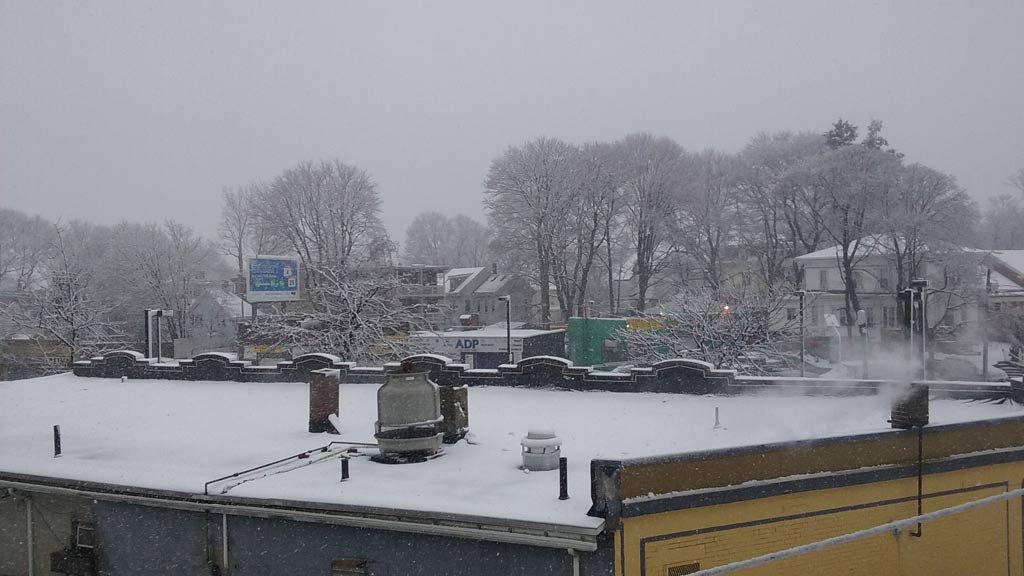
Mattapan is a neighborhood in the southern part of Boston that has a reputation for being one of the most dangerous and violent areas in the city. It has a crime rate of 1,057 per 100,000 people, more than twice the city average.
It has a high concentration of gangs, drugs, and guns and has seen many shootings and homicides over the years.
It is also one of the poorest and most racially segregated areas in Boston, with a lack of resources and opportunities for the residents.
2. Roxbury
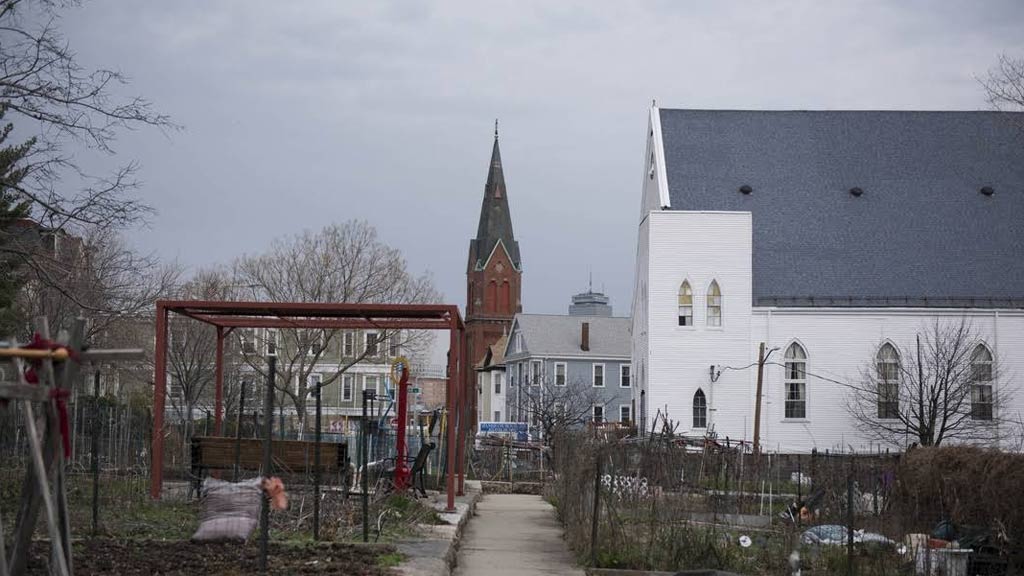
Roxbury is another neighborhood in the southern part of Boston that has a history of crime and violence. It has a crime rate of 1,006 per 100,000 people, almost twice the city average.
It is also one of the city’s oldest and most diverse areas, with a rich cultural and artistic heritage. However, it has also suffered from poverty, discrimination, and urban decay and has been plagued by drugs, gangs, and prostitution.
Walking alone or exploring the streets at night is not advisable, as you may encounter some trouble or danger.
3. Dorchester
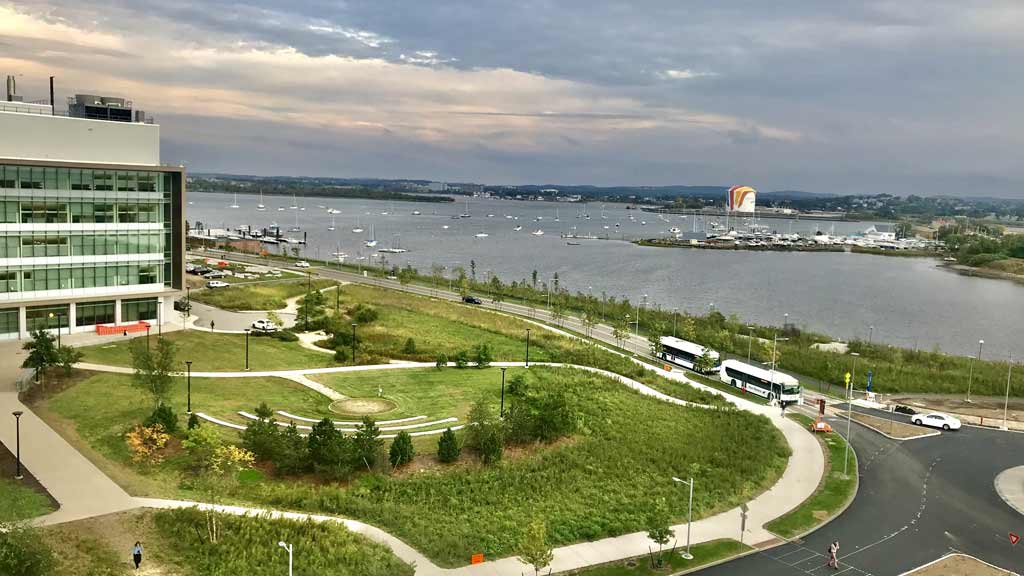
Dorchester is the largest and most populous neighborhood in Boston and one of the most diverse and vibrant. It has many attractions and amenities, such as parks, museums, restaurants, and bars.
However, some areas are more prone to crime and violence, such as Blue Hill Avenue, Codman Square, and Fields Corner. It has a crime rate of 857 per 100,000 people, higher than the city average.
It is wise to avoid these areas at night and to be careful and alert when using public transportation or driving through them.
4. East Boston
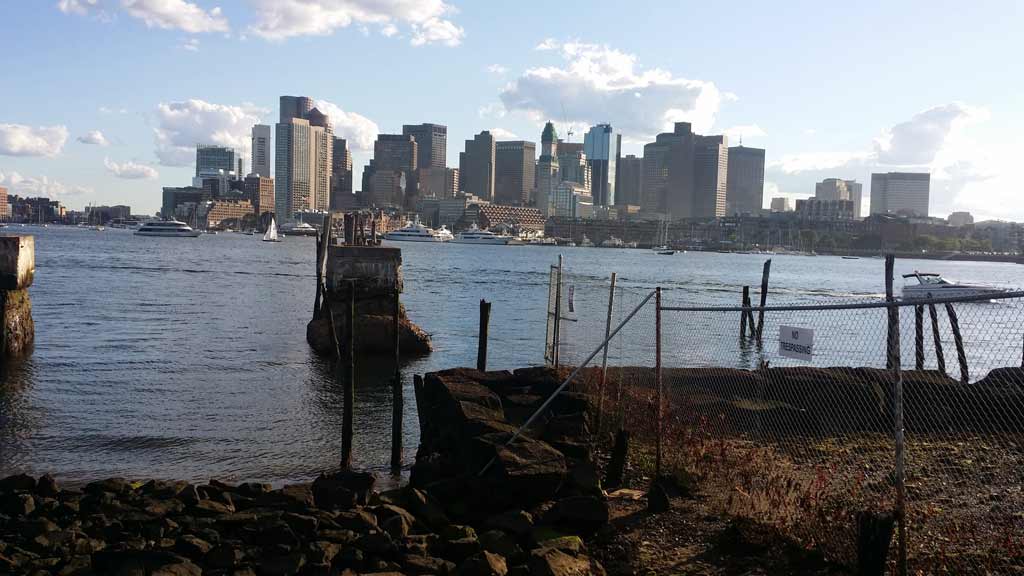
East Boston is a neighborhood in the eastern part of Boston known for its airport, waterfront, and immigrant communities. It has many shops, markets, restaurants, and festivals that reflect the diversity and culture of the area.
However, it also has some issues with crime and violence, especially in Maverick Square, Orient Heights, and Eagle Hill. It has a crime rate of 718 per 100,000 people, higher than the city average.
It is better to stay in the central and well-lit streets and to avoid the dark and deserted ones at night.
5. South Boston
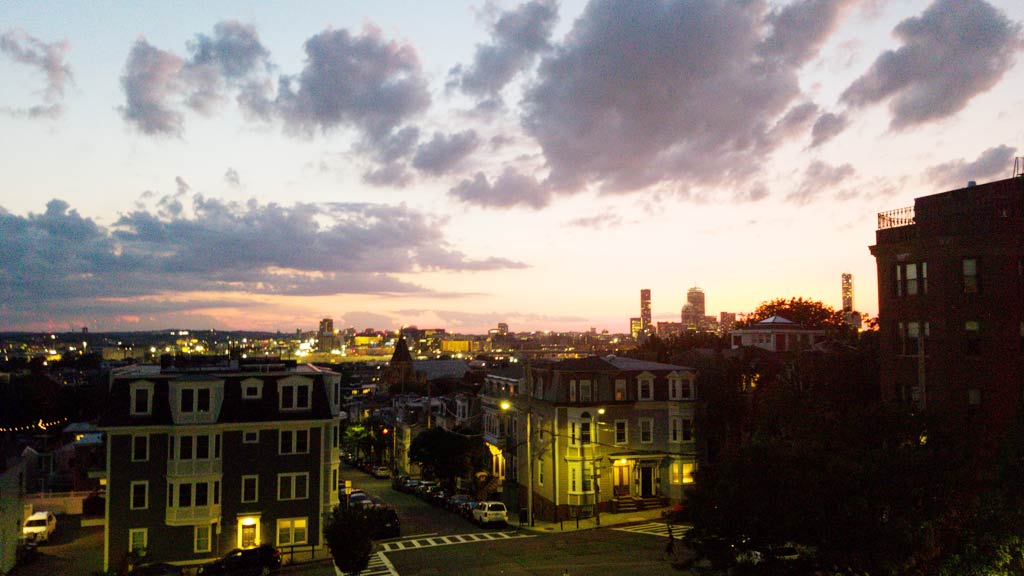
South Boston is a neighborhood in the southern part of Boston famous for its Irish heritage, St. Patrick’s Day parade, and waterfront.
It has many attractions and developments, such as Castle Island, the Seaport District, and the Boston Convention and Exhibition Center.
However, it also has some problems with crime and violence, especially in Andrew Square, Broadway, and Dorchester Heights. It has a crime rate of 617 per 100,000 people, higher than the city average.
It is advisable to be cautious and vigilant when visiting South Boston at night and to keep your valuables and belongings secure.
6. Chinatown

Chinatown is a neighborhood in the downtown area of Boston known for its Asian culture and cuisine. It has many shops, markets, restaurants, and festivals that attract tourists and locals alike.
However, it also has some overcrowding, sanitation, and safety issues, especially at night. It has a crime rate of 605 per 100,000 people, higher than the city average.
It is not uncommon to see homeless people, drug addicts, or panhandlers on the streets or to witness fights, robberies, or vandalism. It is better to visit Chinatown during the day and avoid the alleys and side streets at night.
7. Back Bay
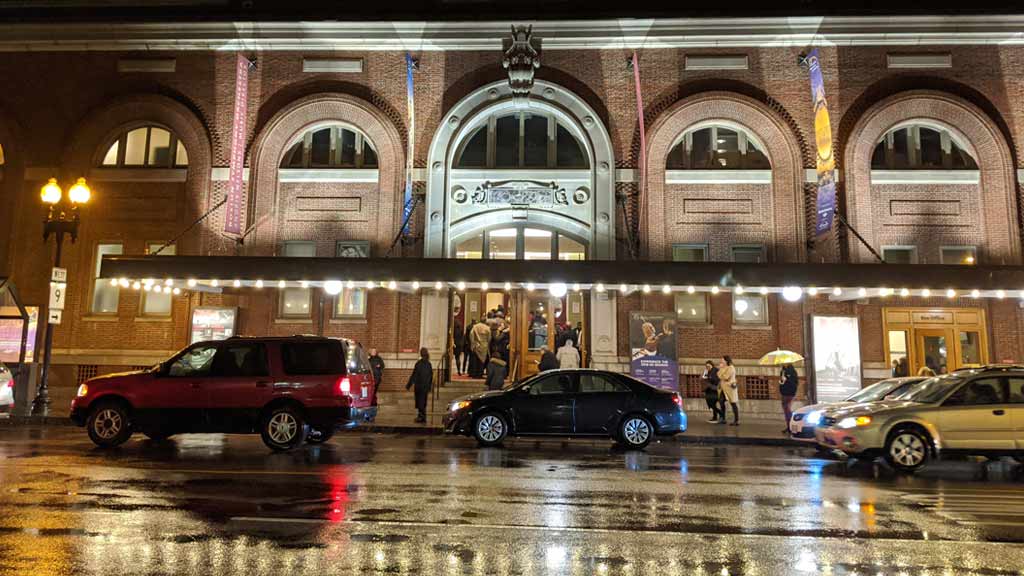
Back Bay is a neighborhood in the central part of Boston known for its architecture, shopping, and nightlife. It has many landmarks and attractions, such as the Boston Public Library, the Prudential Center, and Newbury Street.
However, it also has some risks and dangers, especially at night. It has a crime rate of 590 per 100,000 people, higher than the city average. It is often crowded and noisy and can be a target for pickpockets, scammers, or beggars.
It is also near some sketchy areas, such as Fenway Park, Symphony Hall, and Massachusetts Avenue.
It is recommended to be cautious and vigilant when visiting Back Bay at night and to keep your valuables and belongings secure.
What Crime Is Boston Known For?
Boston is known for having a lower crime rate than similarly sized metropolitan areas, but certain types of crimes are still more prevalent in the city. Here are seven kinds of crimes that Boston is known for
Violent Crimes
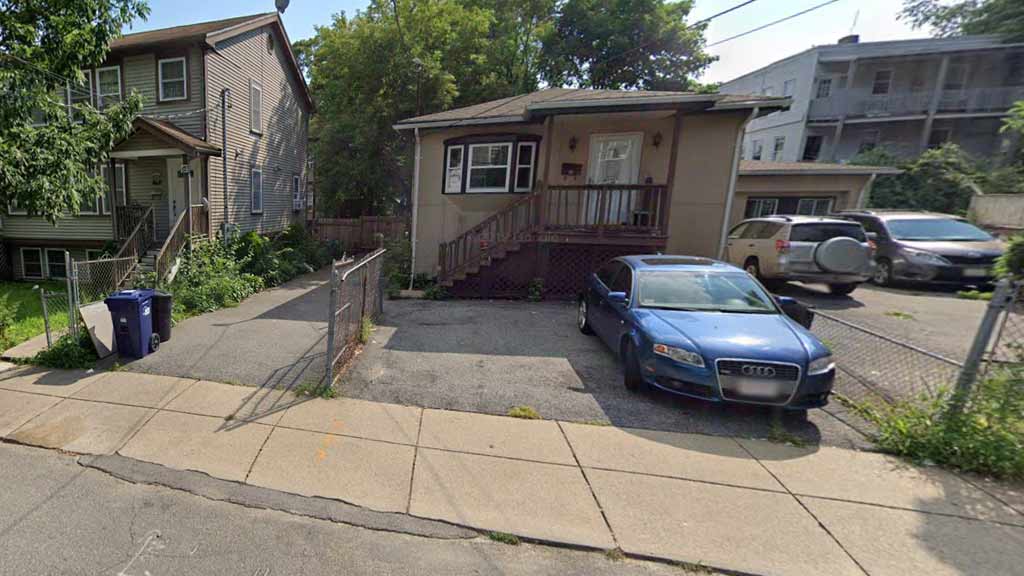
While Boston’s violent crime rate is lower than the national average, specific neighborhoods have higher rates of violent crime, particularly Roxbury, Dorchester, and Mattapan12. Violent crimes include rape, sexual assault, robbery, assault, and murder.
Property Crimes
Boston’s property crime rate is lower than the national average, but specific neighborhoods still have higher property crime rates, particularly Mattapan and South Dorchester12. Property crimes include burglary, theft, vandalism, and arson.
Drug Crimes
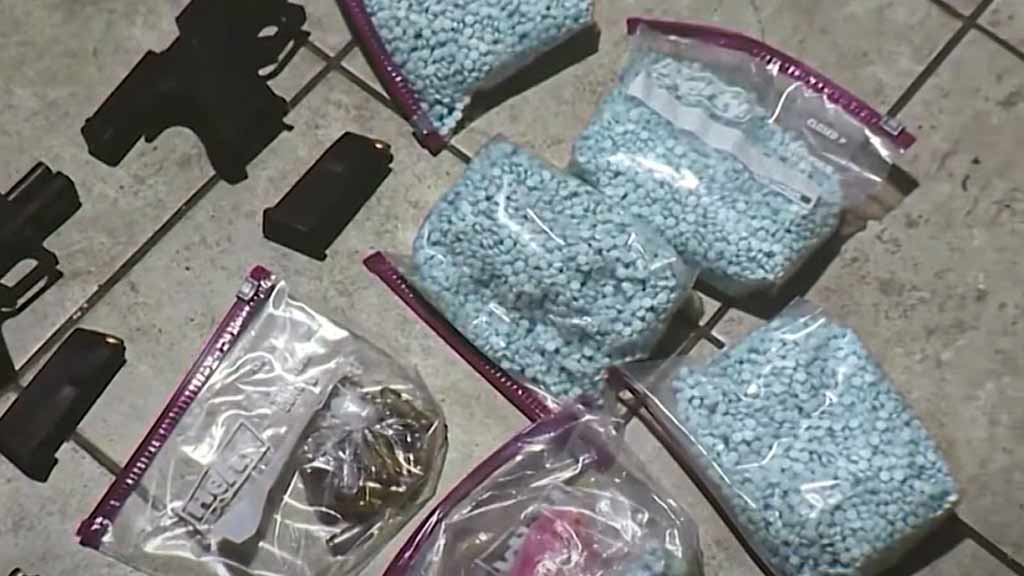
Drug crimes are a significant problem in Boston, particularly in neighborhoods with higher crime rates. The city has seen an increase in opioid-related deaths in recent years, leading to increased efforts to combat drug trafficking and addiction3.
Gang Activity
Specific neighborhoods in Boston, particularly Roxbury and Dorchester, have higher rates of gang activity. Gang-related violence is a significant problem in these areas, and visitors should exercise caution and avoid walking alone at night12.
Cyber Crimes
As a major city with a thriving tech industry, Boston is also targeted for cyber crimes such as identity theft, hacking, and online fraud. Visitors should take precautions to protect their personal information and avoid using public Wi-Fi networks for sensitive transactions.
White-Collar Crimes
White-collar crimes such as embezzlement, fraud, and insider trading are also a concern in Boston, particularly in the financial and healthcare industries. Visitors should be aware of potential scams and take precautions to protect their financial information.
Hate Crimes
Hate crimes, particularly those targeting racial and religious minorities, are a concern in Boston. The city has seen an increase in hate crimes in recent years, leading to increased efforts to combat discrimination and promote tolerance4.
While Boston is generally a safe city, visitors should be aware of the crimes that are more prevalent in specific neighborhoods.
Violent crimes, property crimes, drug crimes, gang activity, cyber crimes, white-collar crimes, and hate crimes are all concerns in Boston, and visitors should take precautions to ensure their safety.
FAQs
What types of crimes are common in these neighborhoods?
Common crimes in Boston’s most dangerous neighborhoods may include theft, assault, drug-related offenses, and occasional violent crimes. Law enforcement agencies often address these issues through targeted policing strategies and community engagement efforts.
Are there any safety precautions travelers should take when visiting these neighborhoods?
Travelers visiting these neighborhoods should exercise caution and be aware of their surroundings. Avoid walking alone at night, stay in well-lit areas, and secure personal belongings. It’s also advisable to research specific safety tips for each neighborhood and follow local recommendations.
What Resources Are Available For Residents Living In These Neighborhoods?
Residents in Boston’s most dangerous neighborhoods can access various resources, including community organizations, neighborhood watch groups, and social service agencies.
These resources often provide support, advocacy, and programs to address underlying issues contributing to crime.
How is law enforcement addressing crime in these neighborhoods?
Law enforcement agencies in Boston employ various strategies to address crime in high-risk neighborhoods, including increased patrols, targeted enforcement of criminal activities, and collaboration with community partners to address underlying social issues.
What efforts are being made to improve these neighborhoods’ safety and quality of life?
Improving safety and quality of life in Boston’s most dangerous neighborhoods often involves community-led initiatives, investment in social services, and collaboration between residents, businesses, and government agencies.
These efforts aim to address the root causes of crime and create safer, more vibrant communities for all residents.
Conclusion
While Boston is celebrated for its charm and character, it’s essential to recognize the reality of safety concerns in specific neighborhoods.
By acknowledging the challenges faced by these communities and supporting efforts for positive change, we can work towards creating a safer and more inclusive city for all.
Whether through community engagement, advocacy for resources, or fostering partnerships with law enforcement, addressing the issues underlying crime in Boston’s most dangerous neighborhoods requires collective action and a commitment to building a more robust, more resilient urban environment.
Together, we can strive towards a future where all neighborhoods in Boston thrive and flourish.
Naim Benmayor